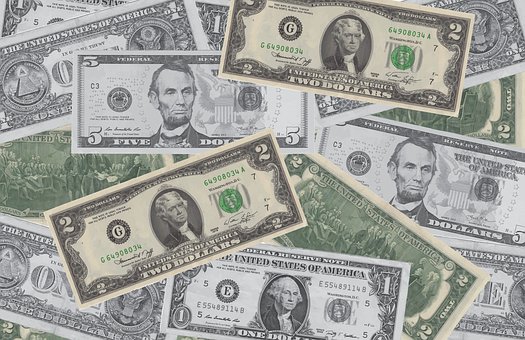Definiton of Federal Reserve Notes
What is a federal reserve note?
A federal reserve note is simply the technical term for ‘paper money’.
A dollar bill is a federal reserve note – it is a paper money.
A dollar coin or a quarter is not a federal reserve note – it is not a paper money
Paper money is only worth the value that a society agrees it is worth.
The U.S. government prints paper money in a wide variety of denominations.
Currently, this spans from $1 to $100, although many, larger bills are still in circulation that were printed in earlier years, including a few worth as much as $10,000.
Historical Context
Originally, a federal reserve note had to be backed by actual gold.



Image source: Pixabay
This means that the Fed kept enough gold to cover the value of all of the notes that had been issued.
This is no longer the case, but the principal of paper money still involves the concept that the money is backed by actual assets of the government who issues it.
Legal Tender
A federal reserve note is legal tender.
This means that they can be used to pay for any sort of debt incurred.
This is why they are used as the primary currency of our day to day business transactions.
AdvisoryHQ (AHQ) Disclaimer:
Reasonable efforts have been made by AdvisoryHQ to present accurate information, however all info is presented without warranty. Review AdvisoryHQ’s Terms for details. Also review each firm’s site for the most updated data, rates and info.
Note: Firms and products, including the one(s) reviewed above, may be AdvisoryHQ's affiliates. Click to view AdvisoryHQ's advertiser disclosures.

